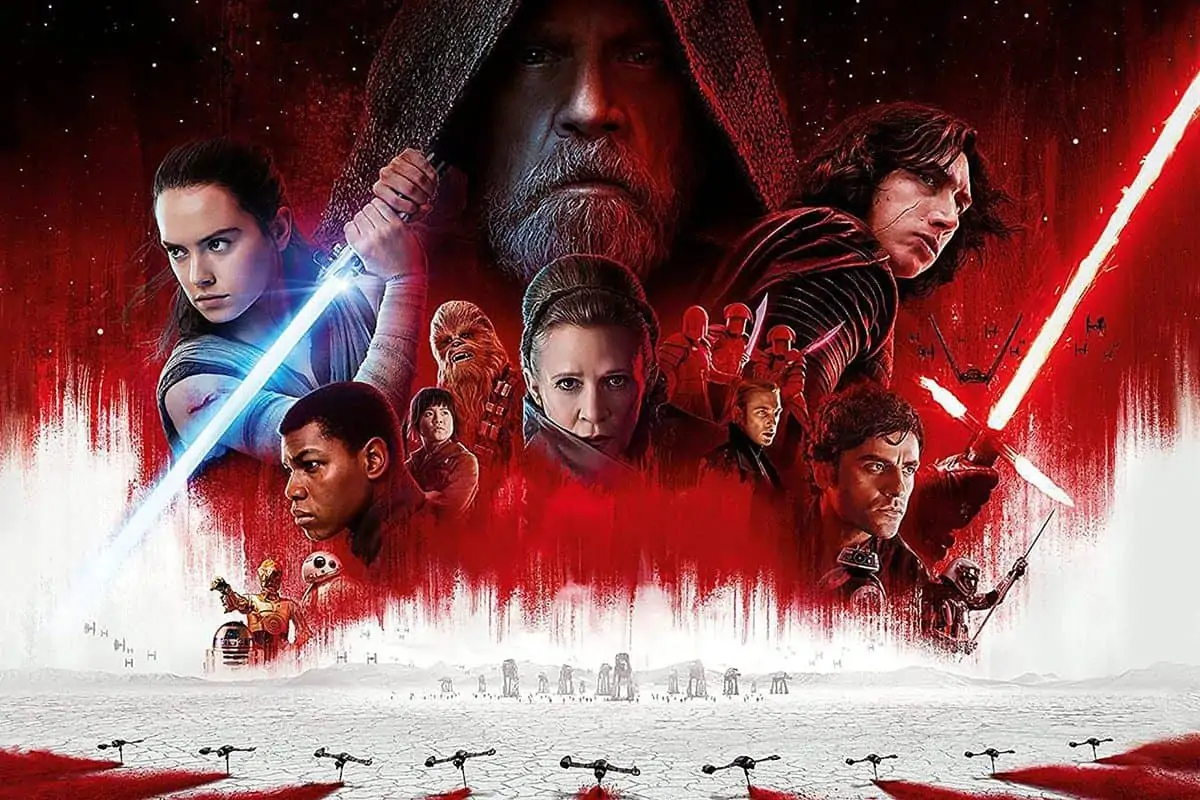Flesh and Blood
Nadim Carlsen / Border
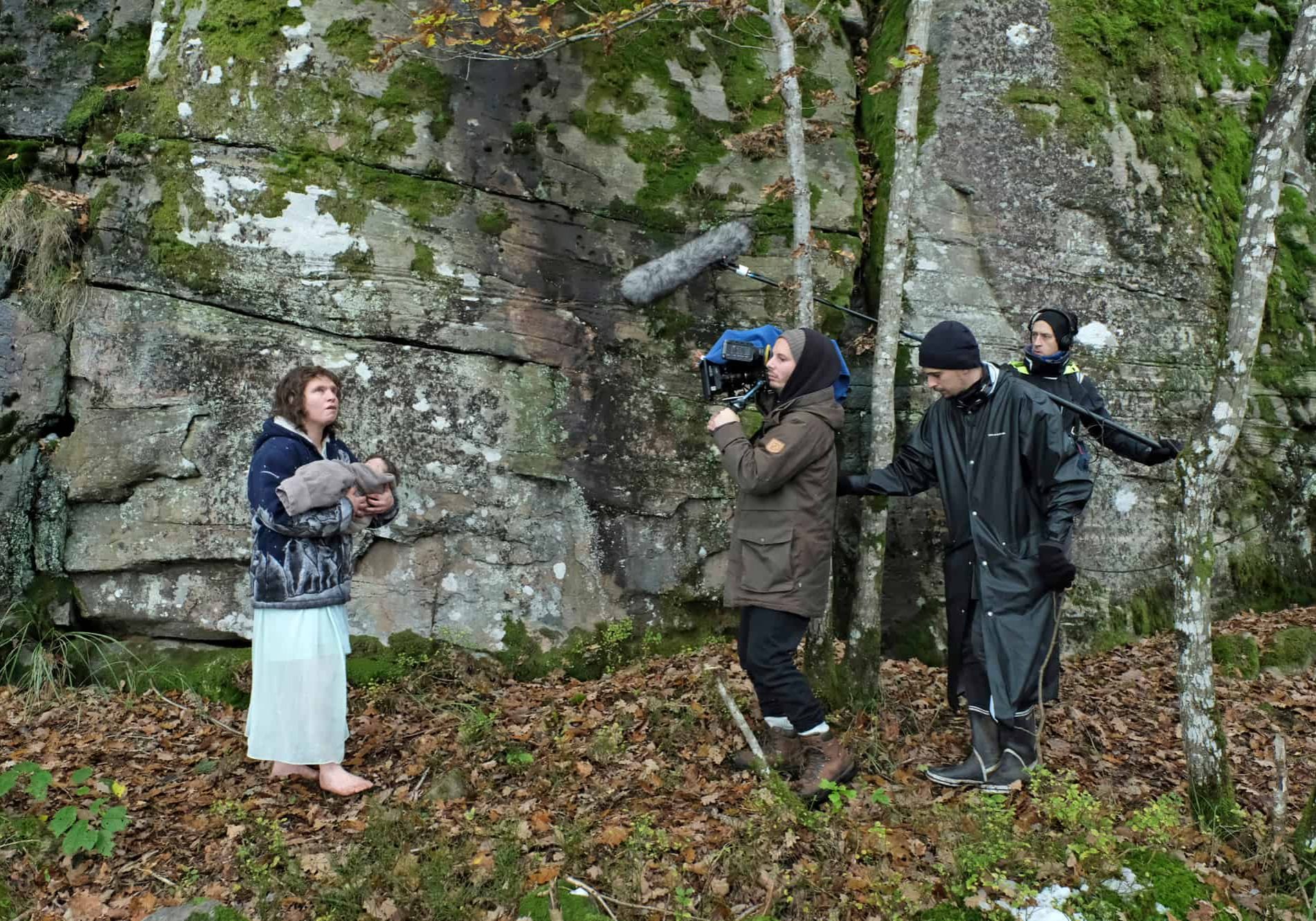
Flesh and Blood
Nadim Carlsen / Border
BY: Ron Prince
"Some scripts take a long time to read and digest, but this one was a real page-turner - intimate and strange, operating on many different levels - and I read it with great excitement in one sitting," recalls Danish cinematographer, Nadim Carlsen, about his initial reaction to director Ali Abbasi's treatment for Border.
The movie - a mix of romance, social realism and noir supernatural fantasy - is based on a short story of the same name by Swedish horror writer John Ajvide Lindqvist (author of Let the Right One In) who collaborated with Abbasi and filmmaker Isabella Eklöf on the screenplay.
The narrative follows Tina (Eva Melander), a customs officer at a ferry terminal who has the unusual ability to smell guilt and shame. Tina suffers from facial deformities which give her a Neanderthal appearance, and she lives a fairly isolated life in a secluded house in the woods with her boyfriend Roland, who is a dog trainer. Whilst separately aiding a police investigation into child pornography, Tina develops an unusual attraction to a strange ferry traveller with maggots in his luggage, named Vore (Eero Milonoff), who has a similar facial structure to her own. After this encounter at the border and their ensuing relationship, Tina soon discovers things, both terrifying and liberating, that call her entire existence into doubt.
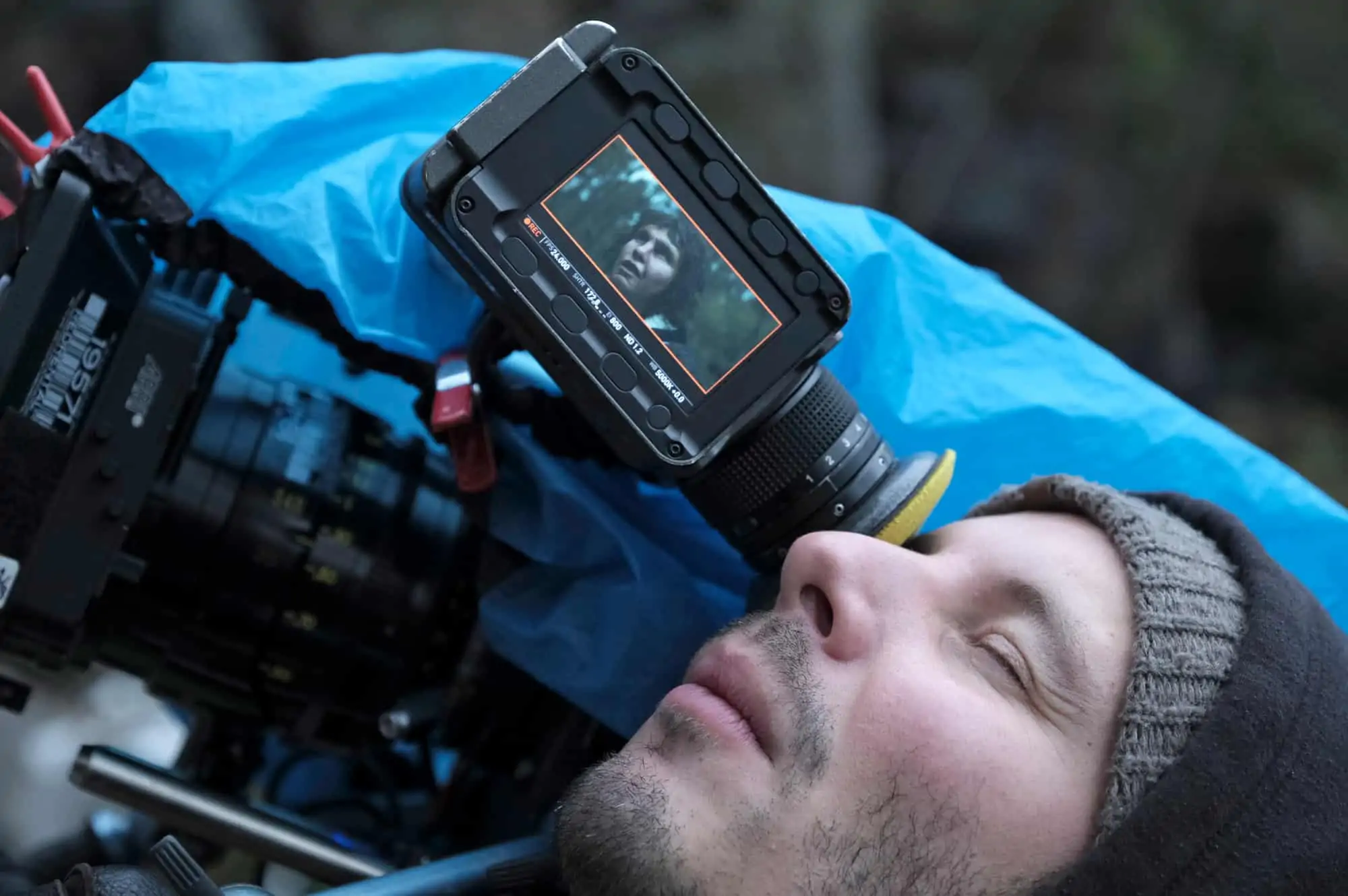
Border won the Un Certain Regard award at the 2018 Cannes Film Festival, along with a host of favourable reviews from critics worldwide for its questioning of deformity, acceptance, self-worth and what it means to be human, along with many accolades for Carlsen's sensitive, transgressive and earthy camerawork.
Principal photography on Border took place in Sweden over 39 shooting days, during October and November 2017, when the light is low in the sky and dark sets in early. Locations included the Kapellskär passenger ferry terminal between Sweden and Finland, located 90 kilometres north of Stockholm, as well as city and woodland locations around Gothenburg on the country's west coast. Production days were typically eight-and-a-half-hours, although this did not include four hours for the application of facial prosthetics on the lead actors and a further hour for their removal, which meant they had very long days.
"In terms of the story Border is pretty far out, and not a regular movie by any stretch," says Carlsen, who has been a regular collaborator with Abbasi since their days together at the National Film School Of Denmark. "In part there's magical realism and even surrealism going on, so Ali and I were determined that the movie had to be credible-looking and grounded in reality, to make it believable for the audience."
"You could say the original tale falls under the category of 'Nordic-noir', and many films and TV shows of this type have come to be couched in a sort of homogenous, corporate, controlled, cool-bluish, desturated aesthetic. We wanted Border to stand out from the crowd, to be far away from that bleak sort of style, but to still have a realist, naturalistic feeling - to embrace the warm, organic colours of nature at the start of the film, before the visual becomes more harsh and gritty towards the denouement."
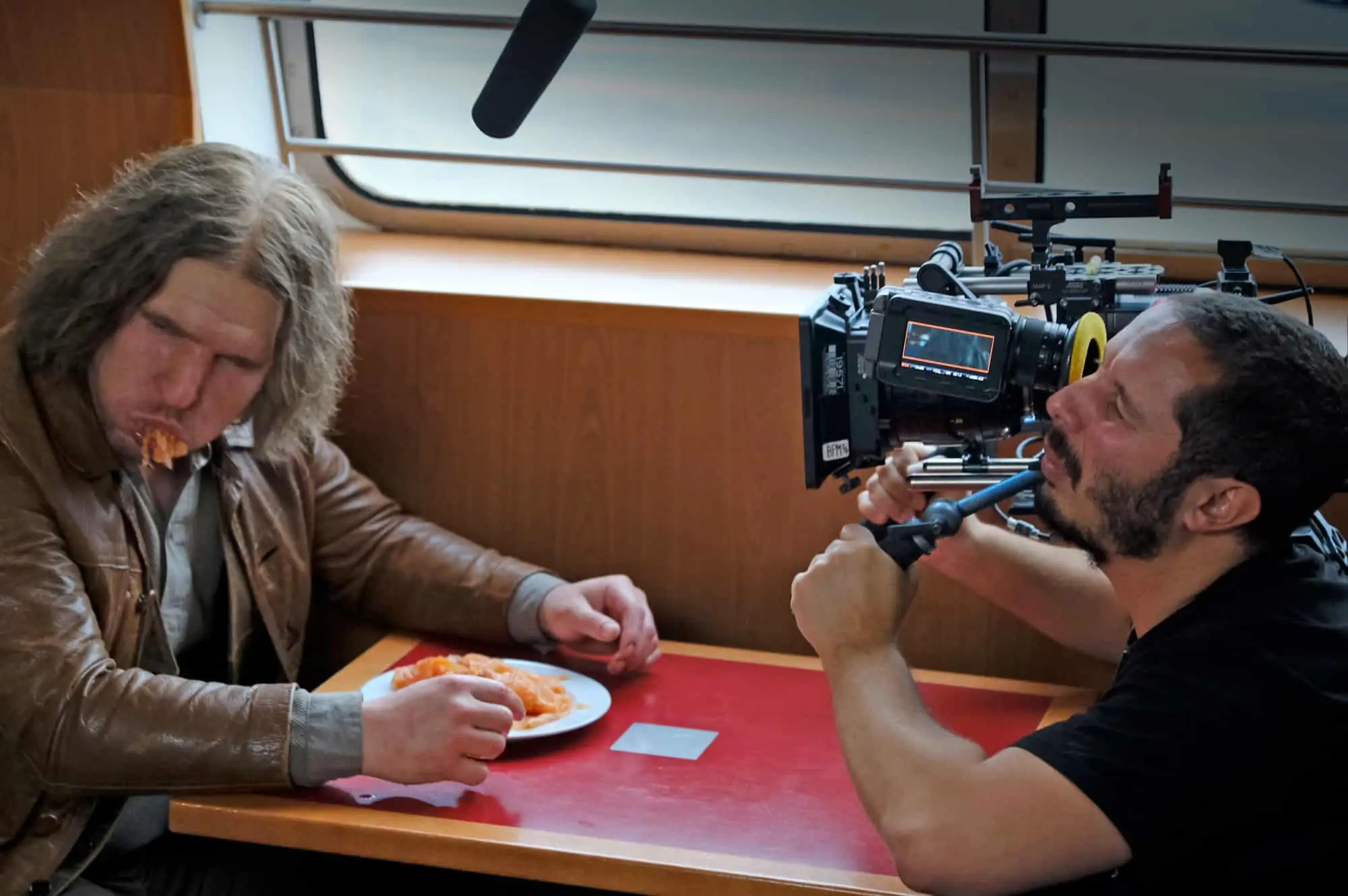
Visual references for Abbasi and Carlsen included the artworks of the Swedish painter and illustrator John Albert Bauer, whose work is concerned with the scenery and mythologies of Swedish folklore and fairytales, often involving gnomes and trolls, and Caspar David Friedrich, the 19th-century German Romantic painter, for his epic depictions of landscapes frequently featuring silhouetted figures and shrouding mists.
Further cinematographic inspirations were the films of French avant-garde filmmaker, Philippe Grandrieux, such as the inventive and radical Sombre (1998), for the dark, kinetic, abstract and visceral nature of the camerawork.
"We were not looking to create beautiful shots," explains Carlsen, "rather, we wanted the camera to get into the moss and the mud, whilst retaining warmth and saturation to the image. We also wanted to create interesting juxtapositions between the characters, who would seem ugly and repulsive to most people, and the natural beauty of the woodlands. So early-on, we decided that going handheld throughout, and shooting primarily in available light, would give the production the level of realism, credibility and immediacy we wanted."
Taking these considerations into his choice of cameras and lenses, Carlsen elected to shoot Border using an ARRI Alexa Mini fitted with Cooke S4 primes, composing the picture in 2.39:1 Cinemascope aspect ratio. The production shot QT ProRes 4444 XQ, at 3.2K, in 16:9 but framed in-camera for scope.
"The Cooke S4s have a nice, analogue feel, without being super-vintage, and, in combination with the Alexa, they deliver a look that is more akin to celluloid film compared to other digital cameras, which can look too clean, binary and manipulated," he says. "Also, we wanted to shoot in available light as much as possible, with the minimum of supplementary lighting, and the Cookes were fast enough to allow us to work that way, even in the low-light of the Scandinavian autumn."
Carlsen typically rated the camera at 800 ISO for day interiors/exteriors, and at 1280 or 1600 for exterior nights, employing a Tiffen Black Pro Mist 1/8th filter to smooth-out skin tones, soften the prosthetics and make-up, and to create more filmic rendition on highlights in the image.

"I really like [ARRI SkyPanels] as they are very power-efficient, with a great output and spread of light for wide areas, plus you can twist the colours easily. They were great for illuminating the forest scenes, when we sometimes had to be able to follow the action through 360-degrees."
- Nadim Carlsen
As for shooting in widescreen aspect ratio, Carlsen explains, "It was all about the central role of landscape and nature in the story, and we liked the cinematic stylisation of this wide format in contrast to the realism of what was in front of our eyes. The widescreen aspect ratio also makes you think about how you can use composition and framing in interesting ways to express emotions, and it forces you to make interesting choices. We preferred to used wide-angle lenses, as we wanted to be physically close to the characters, to feel that you could reach out and touch them, especially Tina."
The cameras and lenses were supplied, along with the lighting package, by Maan Rental in Copenhagen. Editorial, VFX and DI grading services were provided by Act3, a post-production facility located in the northern part of the city.
Prior to principal photography, Carlsen worked with the colour grading team at Act3 to create a small number of LUTs, based around the standard Rec709, but with lower contrast and less saturation. "I prefer to keep things simple," he notes, "If you have too many LUTs things can get easily confused in terms of exposure."
Carlsen's crew included: Isabell Dahlén as gaffer; best girl Theresa Winkelmann; 1st AC, Benjamin Zadig; 2nd AC, André Ferreira Barbosa; DIT Björn Liljegrääs; and intern/trainee Sam Rock. Peter Hjorth was the movie's VFX supervisor.
When it came to lighting, Carlsen says he necessarily had to adopt a location-based approach. "To support our idea for naturalism, and handheld takes, we lit the space or the location rather than the actors, and created an appropriate visual mood and atmosphere for the scene that would allow them to move around freely. Also, although, there were some rehearsals, Ali likes the energy and spontaneity of the first few takes, and a degree of improvisation, so you have to be prepared for that."
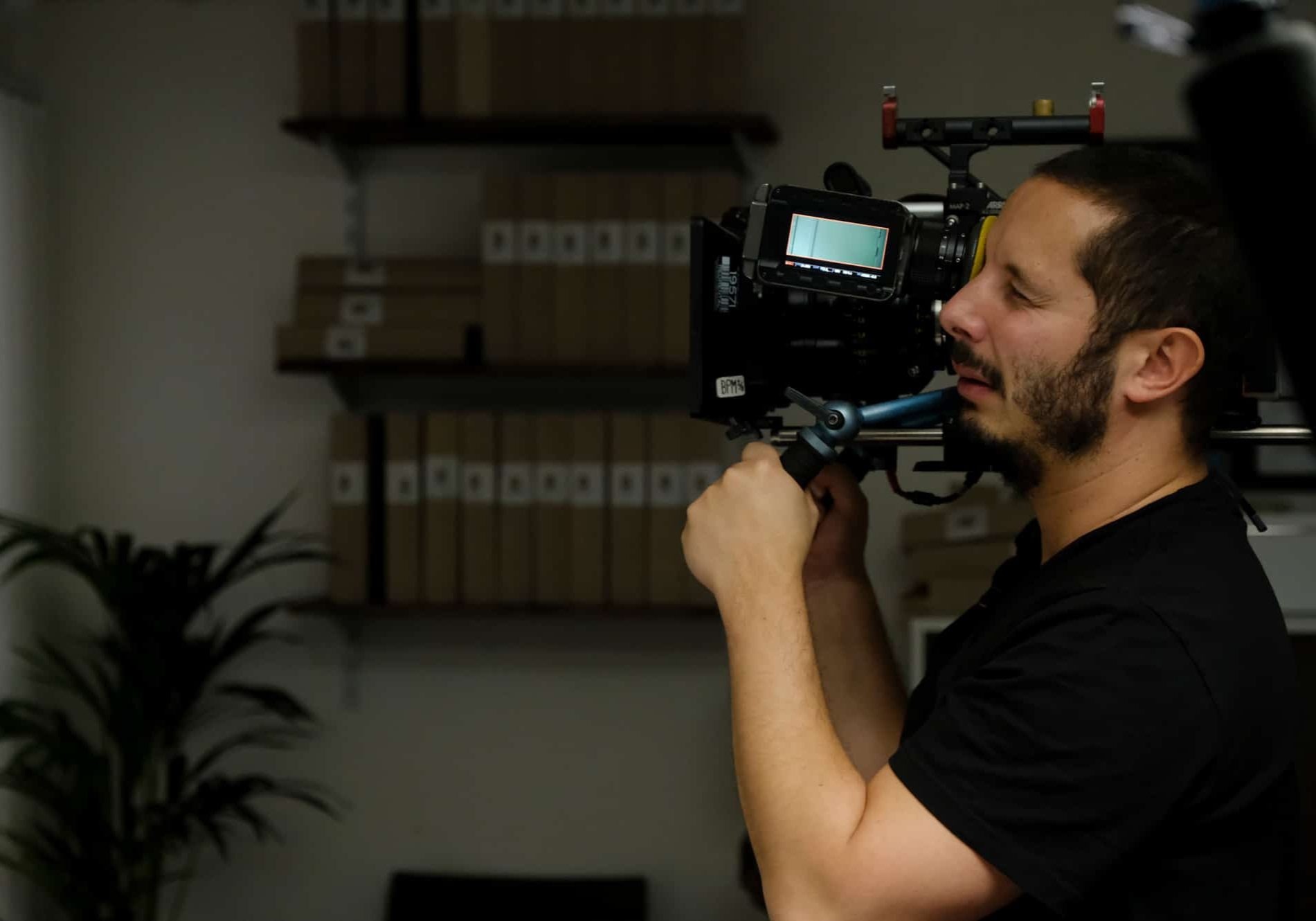
When significant illumination was required, particularly on the dark forest or night exterior scenes, Carlsen deployed ARRI Sky Panels. "I really like these fixtures as they are very power-efficient, with a great output and spread of light for wide areas, plus you can twist the colours easily. They were great for illuminating the forest scenes, when we sometimes had to be able to follow the action through 360-degrees."
For intimate interiors, such as Tina's secluded home, Carlsen harnessed, as far as possible, the natural light coming through the windows, using LiteGear LiteMats to throw-in subtle light as needed to create a sense of shape and depth.
Controlling the exposure was a key concern when it came to shooting what turned out to be one of Carlsen's favourite sequences in the movie - the sex scene, which takes place at dusk.
"We did extensive scouts to find a suitable location for the sex scene, as we needed somewhere where there would be adequate daylight, but without any direct light from the sun itself," he says. "The place we found, with dense branches and leaves was perfect. However, as it took nearly six hours to shoot that scene, I had to keep a very careful eye on the light, and continually adjusted the under-exposure on the camera to keep a consistency of the twilight look."
Candidly, Carlsen remarks that the final DI grade, performed on Da Vinci Resolve by Norman Nisbet, "was not easy. As we had shot handheld, often in an improvised manner in all weathers, the look was slightly fragmented, and the challenge was to make it all stick coherently together. For example, during production on the scene in which Tina and Vore swim in the lake, we had different seasons in one day - torrential rain and blazing sunlight. Also, because of the prosthetics, Tina and Vore had deep eye sockets, and I wanted to enhance their connection to the audience via their eyes. So with balancing and dynamic grading between shots and finessing work, there was a quite lot to do. But, over the course of ten days, we conquered that with Norman, and were very happy with the result."




